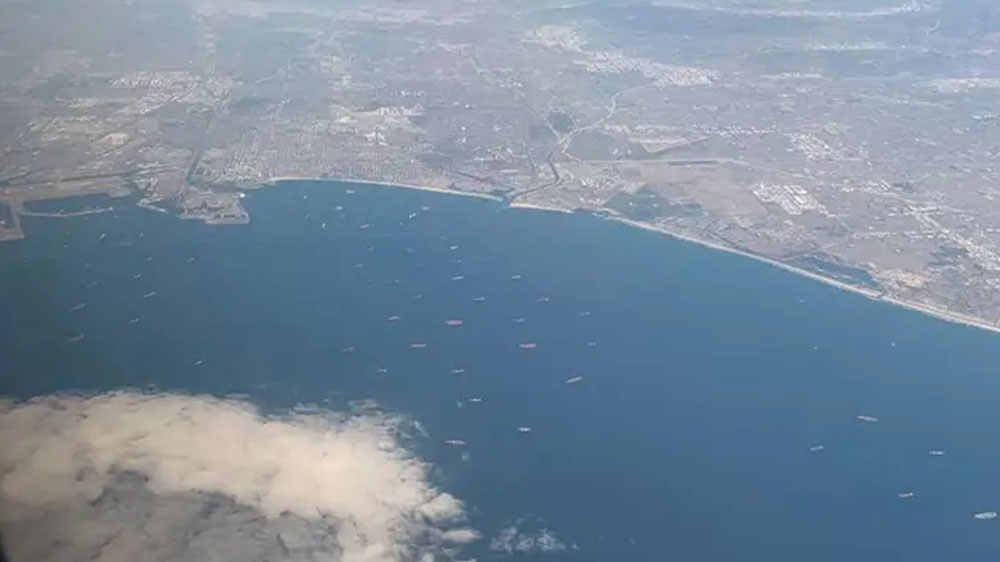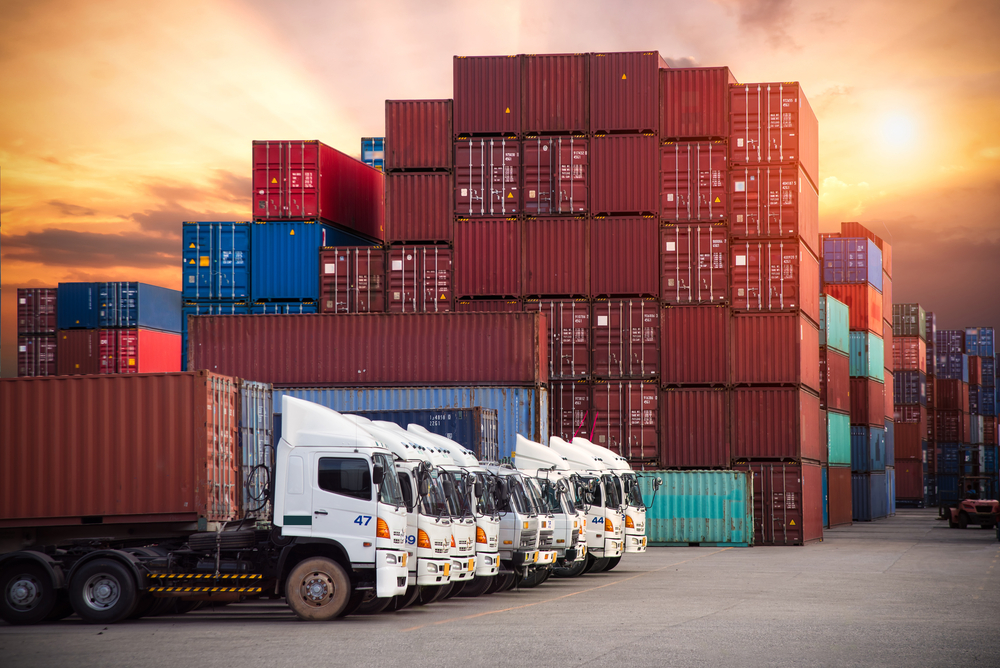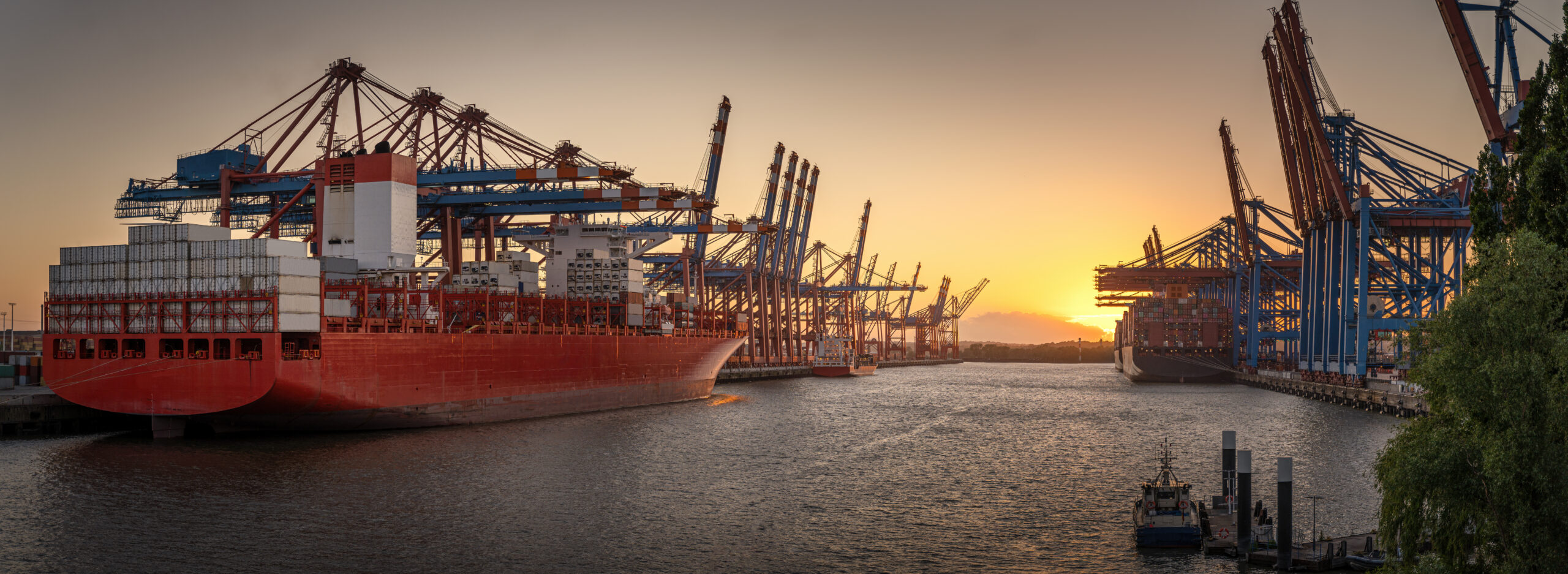By David Verkaik, VP of Drawback Development
February 24th, the date at which the Trade Facilitation and Enforcement Act of 2015 (TFTEA) will fully go into effect, is rapidly approaching. This new law has the opportunity to create considerable drawback opportunities for all importers and exporters, but there have been some setbacks in finalizing the regulations thus far.
Timetable for Regulations
Currently, there is no current timetable for these regulations to be finalized nor has any rulemaking been proposed. As of this writing, the last word from CBP was that all regulations they have proposed are under review by the Department of the Treasury.
Based on the current situation and information from industry groups, it does not seem likely that regulations will be in place by the law’s deadline of February 24th. It’s expected that to allow claimants to begin filing pending claims that make use of TFTEA rules, Customs will issue interim policy guidance in the next few weeks.
Once regulations are proposed, it may still be several months to a year as they must collect comments, follow up with recommended changes, get approval, and then issue finalized versions before they go into effect.
Given the hurdles that are in place, there is a chance this process could extend beyond the interim year in which both core drawback and TFTEA drawback are both allowed, causing complications for both drawback brokers and claimants.
Accelerated Payment and Liquidation of Claims
Customs has advised industry working groups that until regulations are both proposed and finalized, accelerated payment will not be offered to any claims on TFTEA drawback. Claims filed under core drawback will, for one calendar year, still be eligible for accelerated payment if they have been previously approved.
However, if this period extends beyond one year, Customs would not be able to liquidate TFTEA claims nor continue to process claims under core drawback. This is the worst-case scenario, because if that happens, there will be no mechanism to pay claims at all, and there could be no claims paid out until it is resolved.
Calculation of TFTEA Claims
Customs has indicated that they will most likely be going with a “dual calculation” method for determining drawback claim amounts. This means we will have to use one of two methods:
Line Item Averaging, which mandates the drawback claim to be based upon the average duties by line item instead of part numbers for TFTEA substitution (8-digit HTS to HTS).
Invoice Value, which mandates we calculate the duties per piece with individual part numbers for TFTEA direct-ID claims.
This “dual calculation” method means that if any parts contained within a line item of an entry are used for TFTEA substitution, anything else also within that line item are ineligible (even if the imports are not exhausted) to be used in direct ID claims, and vice versa.
For customers exporting identical parts to NAFTA and non-NAFTA countries, this could cause a lot of problems. It may also make it extremely challenging to use any entries previously claimed under core drawback for TFTEA substitution.





